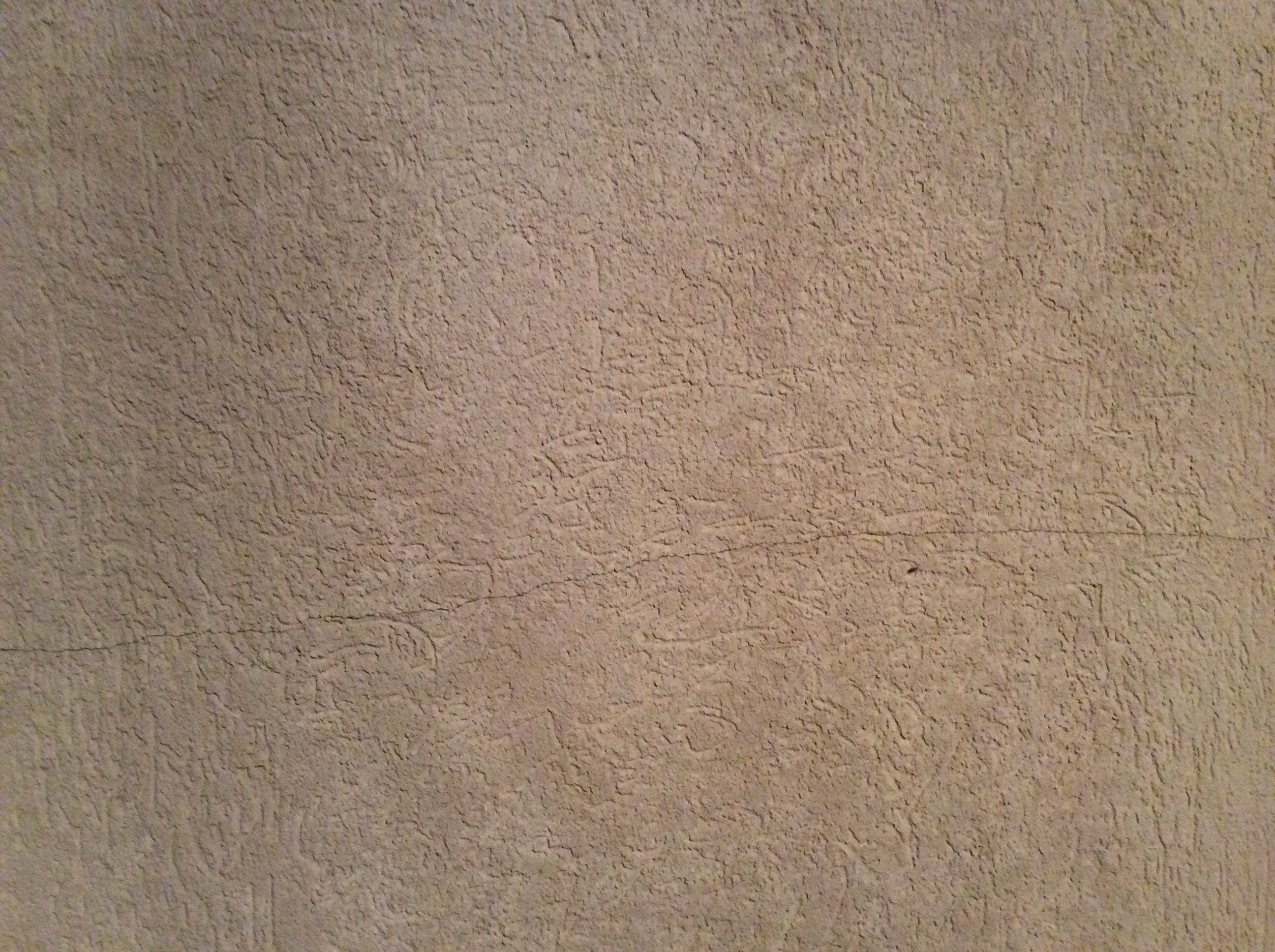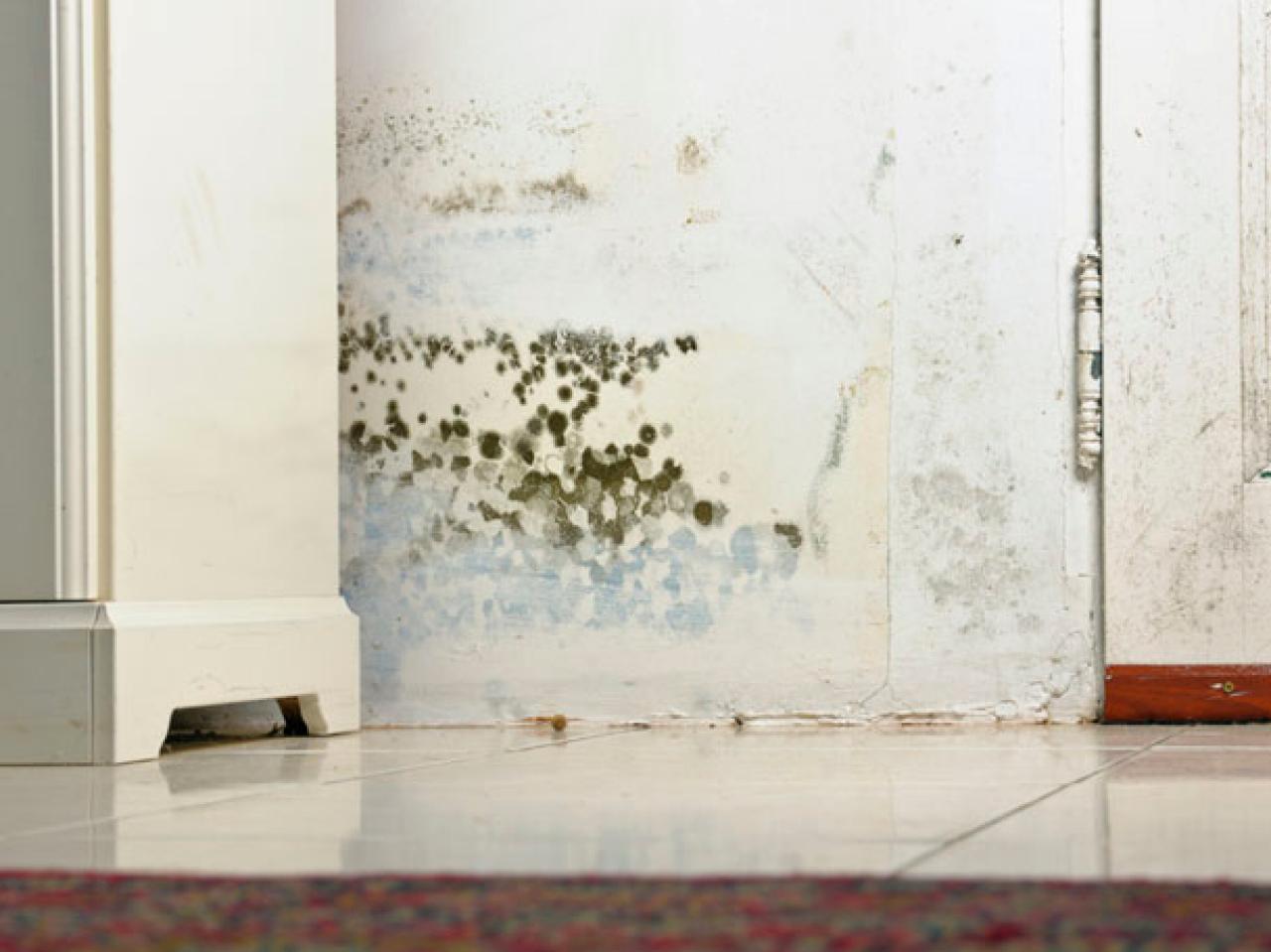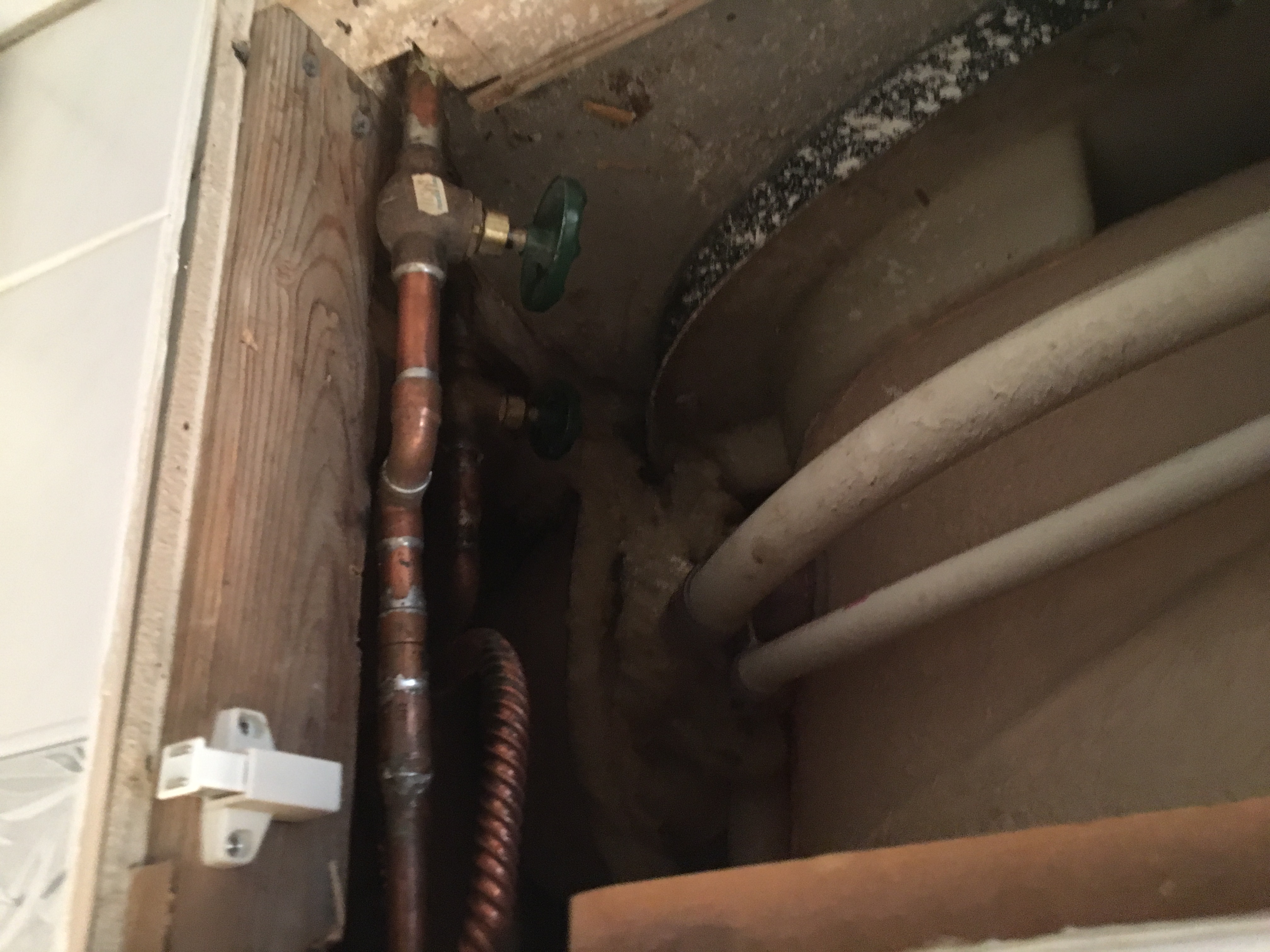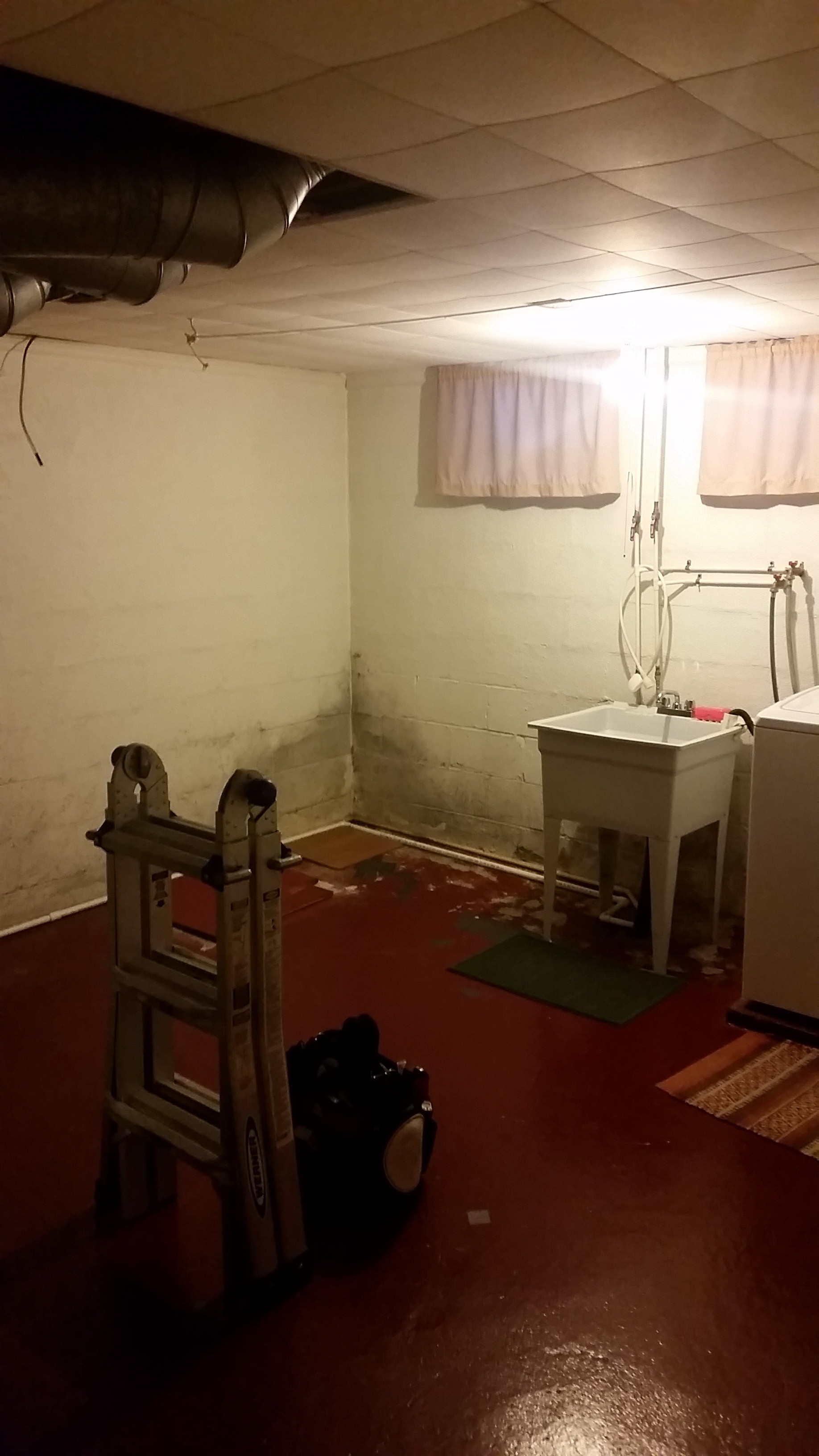The biggest two points I learned are that selling a mold test can be as simple as taking the sample and showing it to the client, asking if they want it sent off to the lab or not. Probably best to do this when showing them the location it was pulled from. The real benefit of doing the sample is being able to prove to the seller that it’s mold, because they are going to say its not.
My photo is a crack that has showed up in a Eifs type wall. This is one of many cracks that has surfaced. These cracks do not appear to be getting any larger. I have inspected several homes with this type wall covering and every one has the same type cracking. I believe these stress cracks are normal.
House wrap is worth its wait in gold. It is installed on exterior walls before the siding is applied. It is made from plastic to spun-fiber. It was made to replace felt or tar paper. The main function is to keep out as much moisture as possible. Tyvek is very common and is manufactured by DuPont.
This wall has apparent mold growth. There are indications of previous water damage and when I used a moisture meter on the wall near the apparent mold growth I got a reading of over 40% moisture content. Inspector recommends a full moisture test and sampling from an authorized lab to determine if mold exists.
I read the article on Abrasive Blasting for mold remediation. This is a somewhat new procedure which throws abrasive particles against a surface. In mold remediation baking soda and dry ice are commonly used. This process is less labor intensive than scrubbing by hand and just as effective at removing mold.
After this course I will inspect for mold during home inspections. In past inspections I hadn’t done more than comment on areas I’ve observed had at one time or another had moisture intrusion and whether it was dry or wet presently
With this course I chose an article about air sampling for mold. Wouldn’t you know it, phone rang during this course. I now have a mold inspection to perform for a client that I’ve had a couple home inspections with.
this photo was taken at an inspection. at the time, I have not completed a course for mold. In my inspection report, I noted - possible environmental growth found on basement wall to test for mold please send out for analysis.
thermal imaging- this is my next purchase I am going to be going with the flir c2 since it is small and portable this is great for determining possible water intrusion that is masked by interior walls it is also great for locating hot and cold spots found inside of dwellings and taking temperature readings as well.
OK, I stole this image off the internet but it serves the purpose. Very typical bath or utility fan and perhaps one of those typical areas we may find mold or at the very least all the elements to mold growth. This image shows visual signs of mold and moisture problems that should be investigated further. The first step is to determine the source of moisture and corrective measures must be taken.
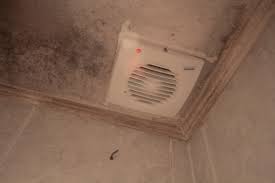
Article titled Mold: Really the underlying theme and common element is ‘moisture’. Find moisture, look for mold. Musty smell look for moisture. Old moisture stains, check for mold. Mold is all about moisture and organic building materials. The other stricking consideration is that mold is naturally going to be found in the air inside and out and again we come back to moisture. What is the moisture content of the air, above 50 humididty? Control moisture by controlling humidity and/or water intrusion and you should be able to keep mold to its natural levels.
In the picture I chose for my essay, a picture of a proper crawlspace barrier, I learned that there needs to be an lapping of between 6" to 12" which needs to be secured with tape of the vapor-retard sheeting material with a minimum thickness of 6-mil. There also needs to be an insect-resistant furring along the wall as well as having the polyethylene sealed to the wall with caulking material.
The picture I chose for this inspection and writing assignment is one of a wall that has been over run with mold. It is clear by looking closely at the picture you can see the mold has seeped through the sheet rock more the likely due to the combination of some type of excessive moisture penetration on the backside of the sheet rock as well as possible high humidity levels in the room.
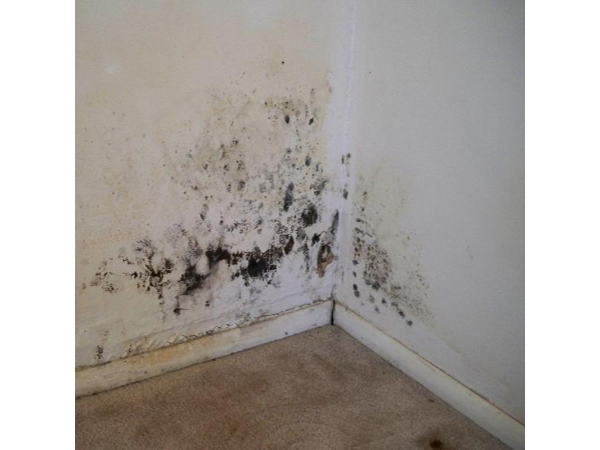
In the photo I’m attaching you can see a thermal image of a ceiling that has a dark area. This area is an indicator that moisture may be present. I verified the spot with my moisture detector and it read 95% . This condition is conducive for mold growth since mold may start growing at a 20% moisture level. The area should be dried up within 48 hrs to minimize damage.
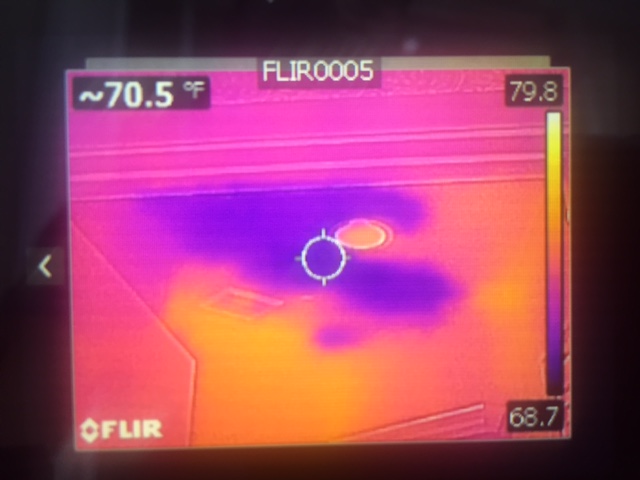
After performing a mold remediation in a building it is recommended that another mold inspection be performed to ensure that the building the job was done with good workmanship. Control air samples should be taken from the exterior and these samples should be compared with the interior air sample. A good remediation job will show that both interior and exterior samples are similar.
Student Introduction:
Hello, my name is Luke Henderson. I own Brothers Restoration located in Northglenn Co. I am seeking certification from InterNACHI for Mold Inspections and especially for taking air samples effectively.
I can be reached at Luke@brothersrestoco.com and look forward to working my way through this course.
Registers should be checked for evidence of mold. You should keep registers and duct work clean and dry to prevent the growth of mold. When inspecting is there may be mold in the HVAC system do not turn it on.
Infared cameras were discovered over 200 years ago. They were also use by the military after world war II as reconisince tools. Infrared cameras can see anomalies that can not be seen by the human eye. Different temperatures can be shownas colors
Infared cameras were discovered over 200 years ago. They were also use by the military after world war II as reconisince tools. Infrared cameras can see anomalies that can not be seen by the human eye. Different temperatures can be shownas colors
